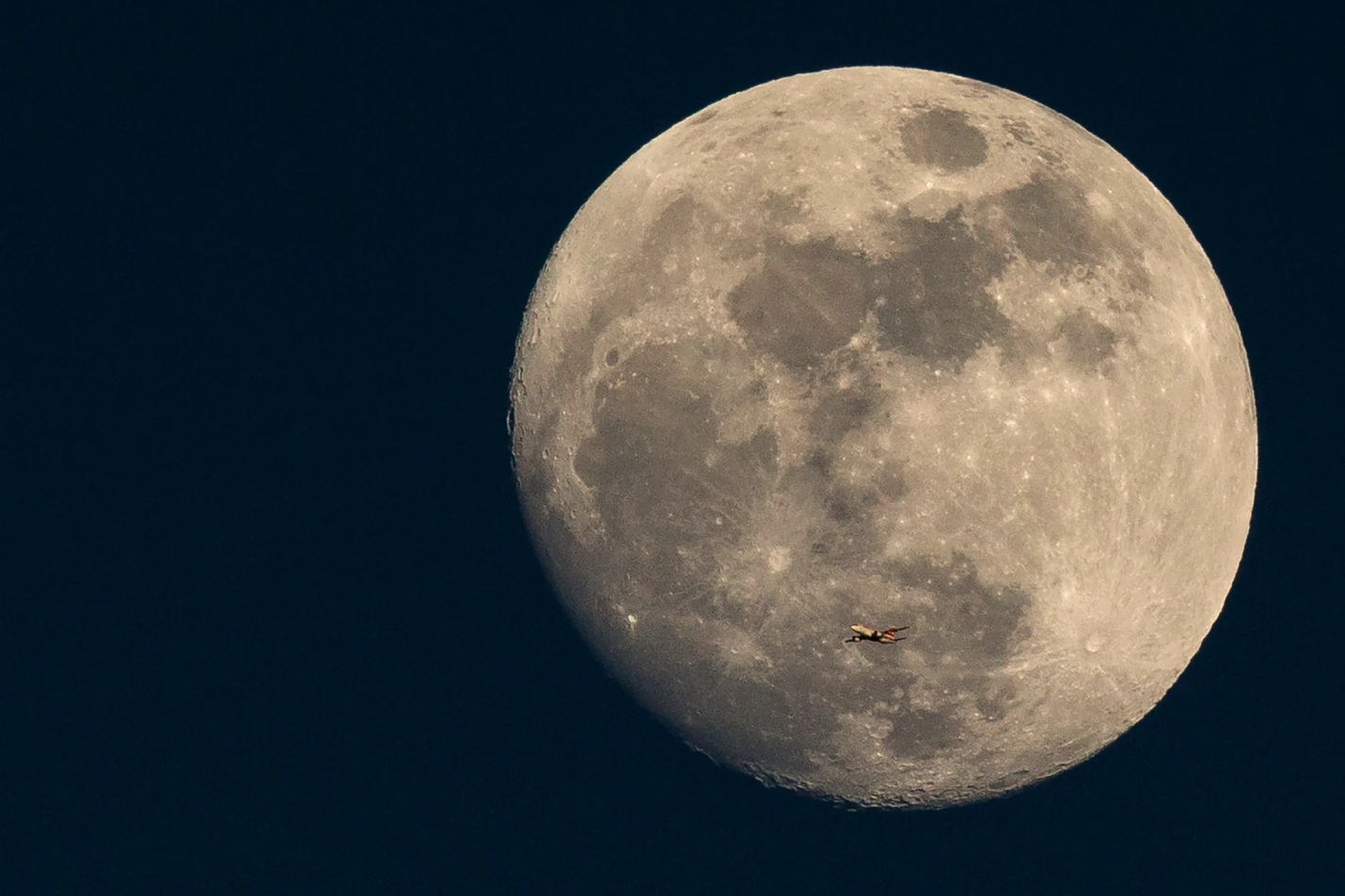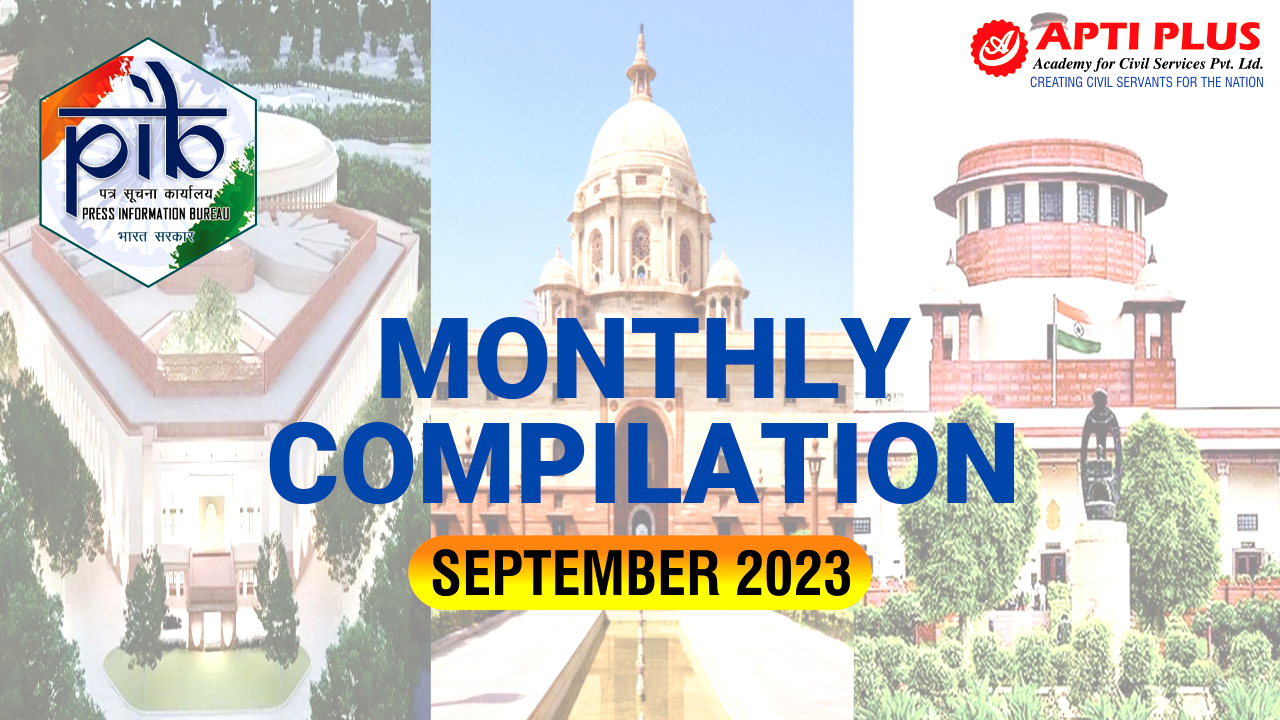Description

Copyright infringement not intended
Picture Courtesy: www.independent.co.uk
Context: The recent study has provided new insights into the age of the Moon, pushing back its estimated age by 40 million years to at least 4.46 billion years. This discovery is significant because it helps us better understand the Moon's formation and its role in our planetary system.
Key Highlights of the Research
|
Lunar Crystals and Moon Formation
|
●The researchers used lunar crystals found in a dust sample brought back by Apollo astronauts in 1972. These tiny crystals are important because they can provide clues about when the Moon was formed.
●The Moon is believed to have formed after a massive collision between Earth and a Mars-sized object. This impact melted the rock that eventually became the Moon's surface.
|
|
Minimum Age Determination
|
●The age of the Moon can be determined based on when these crystals formed. Crystals on the Moon's surface must have formed after the lunar magma ocean cooled following the collision. Therefore, the age of these crystals represents a minimum age for the Moon itself.
|
|
Analytical Method
|
●The researchers used a sophisticated analytical technique called "atom probe tomography" to examine the zircon crystals. This process involves sharpening a piece of the lunar sample into a sharp tip and then using UV lasers to evaporate atoms from its surface.
●The evaporated atoms are then analyzed using a mass spectrometer, which determines their composition based on their speed.
|
|
Radioactive Decay
|
●By examining the proportion of different uranium and lead atoms within the zircon crystals, the researchers could determine their age. Uranium undergoes radioactive decay over time and transforms into lead. By measuring the ratio of these isotopes, the researchers could estimate the age of the crystals.
|
|
Revised Moon Age
|
●The analysis of the zircon crystals revealed that they are about 4.46 billion years old. This age indicates that the Moon must be at least 4.46 billion years old, as the crystals formed after the Moon's initial formation. The previous estimate had placed the Moon's age at around 4.4 billion years.
|
|
Importance of Moon's Age
|
●Understanding the Moon's age is crucial because it has several important effects on our planet. The Moon stabilizes Earth's rotational axis, which in turn affects the Earth's climate and seasons. It also influences the length of our day and causes tides, which are essential for various ecological processes and coastal ecosystems.
|

About Moon
Basic Characteristics
- The average distance between the Earth and the Moon is approximately 238,855 miles (384,400 kilometres).
- This distance can vary due to the Moon's elliptical orbit, with the closest point (perigee) being about 225,623 miles (363,104 kilometres) and the farthest point (apogee) being around 251,970 miles (405,500 kilometres).
- The Moon is relatively small compared to Earth, with a diameter of approximately 2,159 miles (3,474 kilometres). It's only about 27% of Earth's diameter and around 1/6th of Earth's mass.
Formation
- The Giant Impact Hypothesis, proposed in the 1970s, is the most widely accepted theory for the Moon's formation. It suggests that a Mars-sized object, often referred to as "Theia," collided with the early Earth. The impact was so powerful that it ejected a significant amount of material into space, which eventually coalesced to form the Moon.
- Evidence for this hypothesis comes from the similarity in isotopic compositions of lunar and terrestrial rocks and computer simulations of such a collision.
Phases of the Moon
- The Moon's phases result from the varying angle between the Earth, Moon, and Sun. These phases include the New Moon, First Quarter, Full Moon, and Last Quarter, as well as the intermediate Waxing and Waning Crescent and Gibbous phases.
- Each phase represents a different portion of the Moon's illuminated side that is visible from Earth.
Surface Features
- Craters: Formed by the impact of meteoroids and comets. The largest crater on the Moon is the South Pole-Aitken Basin.
- Mountains: Such as the lunar Apennines and the Taurus Mountains.
- Valleys: Like the elongated lunar rilles.
- Maria: These are dark, flat plains on the Moon's surface, formed by ancient volcanic activity. Notably, the Sea of Tranquility (Mare Tranquillitatis) is where Apollo 11 astronauts landed.
- The Moon's surface, despite its barren appearance, holds many geological secrets, revealing information about the early history of our Solar System.
Lack of Atmosphere
- The Moon's incredibly thin and virtually nonexistent atmosphere is primarily composed of trace elements like helium, neon, and hydrogen. It's incapable of supporting human life as there's no air to breathe and no protection from solar radiation or micrometeoroid impacts.
- The lack of weather and atmosphere is one of the reasons why the Moon's surface retains its features for millions of years.
Gravity
- The Moon has approximately 1/6th the gravity of Earth. This lower gravity allows astronauts to leap higher and makes it easier to move around in spacesuits, but it also presents challenges in terms of human adaptation and living conditions during lunar missions.
Orbital Synchronization
- The Moon is in synchronous rotation with the Earth, meaning it rotates on its axis in about the same amount of time it takes to orbit the Earth. As a result, the same side of the Moon always faces the Earth; known as the "near side," while the opposite side, the "far side," remains hidden from view.
Tidal Effects
- The Moon's gravitational pull causes tides on Earth, which have a profound impact on our planet's ecosystems, coastlines, and even the Earth's rotation. The Moon's role in creating tides is a testament to its gravitational influence.
Scientific Significance
- The Moon is a natural laboratory for scientists to study the early history of our Solar System, as its surface preserves a record of billions of years of impacts and geological processes.
- It is a platform for astronomical observations, including studying distant galaxies and celestial bodies. Observatories like the James Webb Space Telescope will also benefit from its position beyond Earth's atmosphere.

Conclusion
- The research provides a more precise estimate of the Moon's age, shedding light on the early history of our solar system and its impact on Earth's stability and natural phenomena.
|
PRACTICE QUESTION
Q. How did the Moon form, and what is the leading scientific explanation for this celestial event? What key evidence supports this theory?
|














